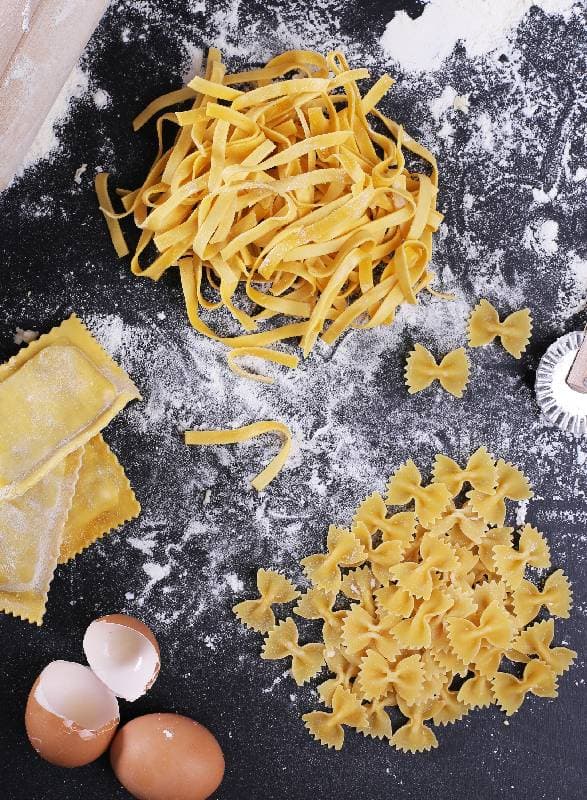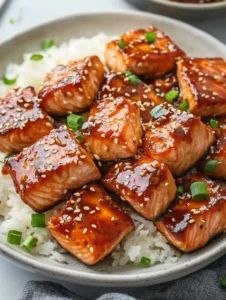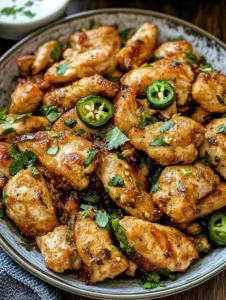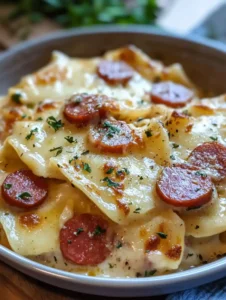Preparing to Cook Gluten-Free Pasta
Selecting the Right Gluten-Free Pasta
Choosing the right gluten-free pasta is the first step towards a successful dish. The market is flooded with options, each offering a unique taste and texture. Rice pasta is popular for its mild flavor, while corn pasta brings a vibrant yellow color and a slightly sweet taste. Quinoa pasta, on the other hand, is rich in protein and has a nutty flavor. When selecting pasta, consider the sauce and dish you’re planning. A robust sauce pairs well with heartier pasta like quinoa, while lighter sauces complement delicate rice pasta.
Essential Tools and Ingredients
Before you fire up the stove, make sure you have the right tools and ingredients on hand. A large pot is essential for giving the pasta plenty of room to cook without sticking. A generous amount of water ensures the pasta cooks evenly, and a hefty pinch of salt enhances the pasta’s flavor. Don’t forget a splash of olive oil in the water to help prevent sticking. Stirring frequently with a wooden spoon will keep the pasta separate and help achieve the perfect texture.
Armed with the right pasta, tools, and ingredients, you’re now set to tackle the cooking process. Remember, the goal is to respect the pasta’s unique characteristics while coaxing it into that ideal al dente texture. In the next section, we’ll dive into the cooking process itself, revealing the tricks that make all the difference when cooking gluten-free pasta. Stay tuned for step-by-step guidance that will ensure your pasta turns out perfectly every time.
The Cooking Process
Step-by-Step Cooking Guide
Cooking gluten-free pasta to perfection is an art that requires attention to detail. Here’s a foolproof guide to getting it just right:
- Boil the Water: Start with a large pot of water, bringing it to a rolling boil. This gives the pasta ample space to cook evenly.
- Salt Generously: Add a generous amount of salt to the boiling water. This is crucial for flavoring the pasta from the inside out.
- Avoid Overcrowding: Add the pasta to the boiling water, ensuring not to overcrowd the pot. Overcrowding can lead to uneven cooking and sticky pasta.
- Stir Frequently: Stir the pasta frequently with a wooden spoon to prevent it from sticking together. This step is more crucial for gluten-free pasta than regular pasta due to its tendency to clump.
- Check for Doneness Early: Begin checking the pasta for doneness a few minutes before the package’s recommended cooking time. Gluten-free pasta can go from al dente to overcooked very quickly.
- Save Some Pasta Water: Before draining, save a cup of the pasta cooking water. This starchy water can be used to adjust the sauce’s consistency later.
- Rinse (Optional): Depending on the pasta type, you might want to rinse it quickly under cold water to stop the cooking process and remove excess starch. However, this step is optional and often skipped to retain more flavor.
Common Mistakes to Avoid
- Overcooking: The most common mistake is overcooking the pasta, which can turn it mushy. Keep a close eye on the cooking time.
- Under-salting the Water: Skimping on salt results in bland pasta. Ensure the water tastes as salty as the sea.
- Not Stirring Enough: Failing to stir the pasta can cause it to stick together or to the bottom of the pot.
By following these steps and avoiding common pitfalls, you’ll ensure your gluten-free pasta comes out perfectly al dente every time. The key is to be vigilant during the cooking process, as the window between undercooked and overcooked can be very narrow with gluten-free pasta.
In the next section, we’ll explore how to customize your pasta with sauces, seasonings, and add-ins to create a dish that’s not only cooked to perfection but also bursting with flavor. Stay tuned for creative ways to elevate your gluten-free pasta dishes to the next level.
Customizing Your Pasta
Sauce Pairings and Recipes
The right sauce can transform gluten-free pasta from a simple dish into a culinary masterpiece. Here are some tips for pairing your pasta with the perfect sauce:
- Light and Creamy Sauces: Gluten-free pasta made from rice or corn flour pairs beautifully with light, creamy sauces. These pastas have a delicate texture that complements the smoothness of a cream-based sauce.
- Hearty and Robust Sauces: For pasta made from heartier grains like quinoa or lentils, opt for bold and robust sauces. Their strong flavors and textures stand up well to the richness of meat sauces or the depth of a vegetable ragu.
Adding Flavor and Texture
Enhancing your pasta with additional flavors and textures not only adds depth to the dish but also personalizes it to your taste. Here are some ideas:
- Olive Oil and Fresh Herbs: A simple toss in extra virgin olive oil, minced garlic, fresh basil, or parsley can elevate the dish significantly. These ingredients add freshness and aroma that complements the pasta.
- Vegetables and Proteins: Incorporating sautéed vegetables or grilled proteins can turn your pasta into a hearty meal. Consider vegetables like spinach, mushrooms, or cherry tomatoes for a burst of flavor and color. Grilled chicken, shrimp, or tofu can add a protein boost to make the dish more satisfying.
By experimenting with different sauces, herbs, and add-ins, you can create a multitude of dishes that keep your gluten-free pasta meals exciting and diverse. The key is to balance the flavors and textures to complement the pasta without overwhelming it.
In the next section, we’ll dive into advanced tips and tricks for improving texture and consistency, ensuring your gluten-free pasta dishes are always a hit. Whether you’re looking to achieve the perfect al dente texture or prevent your pasta from sticking, we’ve got the insider advice you need.
Advanced Tips and Tricks
Improving Texture and Consistency
Achieving the perfect texture and consistency in gluten-free pasta requires a bit more finesse compared to traditional pasta. Here are some advanced tips to help you elevate your pasta dishes:
- Choosing the Right Pot: Use a large, wide pot to give the pasta plenty of room to move around. This prevents sticking and ensures even cooking.
- Cooking in Broth: For an extra flavor boost, consider cooking your pasta in vegetable or chicken broth instead of water. This infuses the pasta with a rich depth of flavor that water alone cannot provide.
- Mixing Pasta Types: Don’t be afraid to mix different types of gluten-free pasta in the same dish. This can add an interesting variety of textures and flavors to your meal. Just be mindful to add each type according to its cooking time to ensure everything comes out perfectly cooked.
Storage and Reheating
Proper storage and reheating techniques can make a big difference in enjoying your gluten-free pasta leftovers. Here’s how to keep your pasta delicious for later:
- Cooling Down Quickly: After cooking, if you plan to store the pasta, rinse it under cold water to stop the cooking process immediately. This helps maintain its texture.
- Storing Properly: Toss the cooled pasta with a little olive oil before storing it in an airtight container. This prevents it from sticking together.
- Reheating Tips: When reheating, add a splash of water or sauce to the pasta to help it regain moisture. Gently reheat it on the stove over low heat or in the microwave, covered, to avoid drying it out.
These advanced tips and tricks are designed to help you master the art of cooking and enjoying gluten-free pasta. With a little practice and patience, you’ll find that gluten-free pasta can be just as satisfying and versatile as its wheat-based counterpart.
Stay tuned for the next section, where we’ll address some frequently asked questions about cooking gluten-free pasta. Whether you’re curious about cooking times, achieving al dente texture, or preventing pasta from falling apart, we’ve got the answers to help you become a gluten-free pasta pro.



